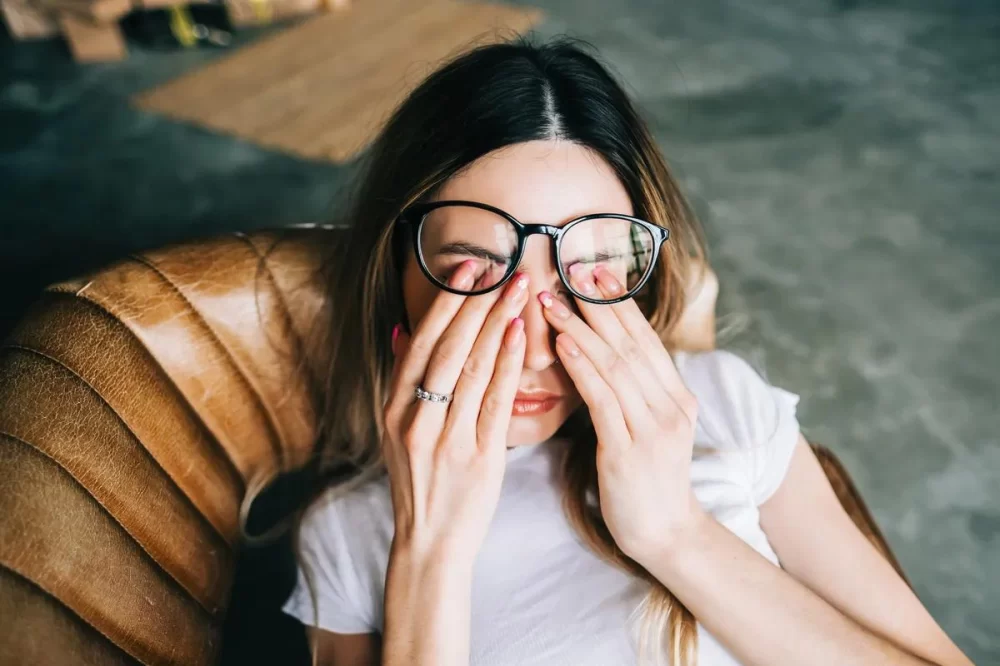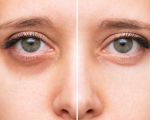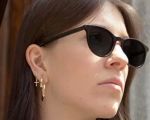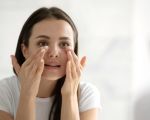
Smart Outdoor Habits That Saved My Eyes (And Can Save Yours Too)
1. The Day I Ignored Eye Protection—and Regretted It
I used to think sunglasses were just a fashion accessory. That belief changed one summer afternoon in Arizona. The sun was blinding, and I was hiking a desert trail with friends. By evening, my eyes felt like they were burning—dry, itchy, and red. The optometrist later told me I had a mild case of photokeratitis—basically, a sunburn on the surface of my eyes. That day became my wake-up call. Since then, I’ve made eye protection a daily ritual, especially outdoors.
2. Why Outdoor Eye Protection Matters More Than You Think
Many people underestimate how much damage the sun and environment can do to our eyes. Ultraviolet (UV) rays are present year-round, even on cloudy days. Prolonged exposure can lead to serious issues like cataracts, macular degeneration, and growths on the eye known as pterygium. The American Academy of Ophthalmology reports that UV exposure is cumulative—meaning, every unprotected second outside counts.
Whether you're hiking, skiing, fishing, or just walking your dog, protecting your eyes should be as routine as applying sunscreen.
3. Top Ways I Protect My Eyes Outdoors Every Single Day
3.1. Wearing UV-Protective Sunglasses
After my scare, I started investing in quality sunglasses. Look for lenses that block 99-100% of UVA and UVB rays. I prefer wraparound styles—they prevent light from sneaking in at the sides. Polarized lenses are a game-changer, too. They reduce glare from water, sand, and roads, making them perfect for driving or spending time by the beach.
3.2. Rocking a Wide-Brimmed Hat
It might sound old-school, but a good hat can block nearly 50% of UV radiation from reaching your eyes. I wear one almost every time I’m out in the garden or hiking trails. Bonus: it protects your face and ears too.
3.3. Using Protective Sports Goggles
If you’re into sports like mountain biking or skiing, consider impact-resistant goggles with UV protection. I learned the hard way when a tiny pebble flew up while I was biking downhill—thankfully I had goggles on. Eye injuries from debris are far more common than we think.
3.4. Staying Hydrated and Using Eye Drops
Dry air and wind can wreak havoc on your eyes, especially in places like Colorado or Nevada. I always carry lubricating eye drops, especially on windy or dusty days. Drinking water regularly keeps your tear film stable and your eyes comfortable.
3.5. Choosing the Right Time to Go Outside
UV radiation is strongest between 10 a.m. and 4 p.m. Whenever I can, I schedule hikes or workouts early in the morning or later in the afternoon. It's not just cooler—it's smarter for your eyes.
3.6. Being Mindful During Winter and Water Activities
Snow reflects up to 80% of UV light, and water isn’t far behind. That’s why I wear sunglasses even when skiing or paddleboarding. In fact, some of the worst UV-related eye injuries happen in snow-covered areas because of the intense reflected glare.
4. Don’t Ignore the Signs—When to See an Eye Doctor
Redness, sensitivity to light, blurry vision, and tearing are all signs something may be wrong. If you experience these after being outdoors, it’s not something to brush off. I once delayed seeing a doctor after a beach trip, thinking it was just sand in my eye. Turns out, it was a corneal abrasion. Fast action can prevent long-term damage.
For professional help, consider visiting Eye Docs. We help connect people across the U.S. with top-rated eye clinics and specialists in their area—because good vision deserves expert care.
5. Making Outdoor Eye Care a Lifelong Habit
Protecting my eyes outdoors is no longer something I “should” do—it’s something I *want* to do. The difference it’s made in my comfort and long-term vision is profound. I’ve helped friends build the same habits, especially those with kids. It’s never too early (or too late) to start.
Just like you’d never leave home without sunscreen in summer, don’t leave without your sunglasses and a plan to protect your eyes. The sun doesn’t take a break—and neither should your eye care routine.








